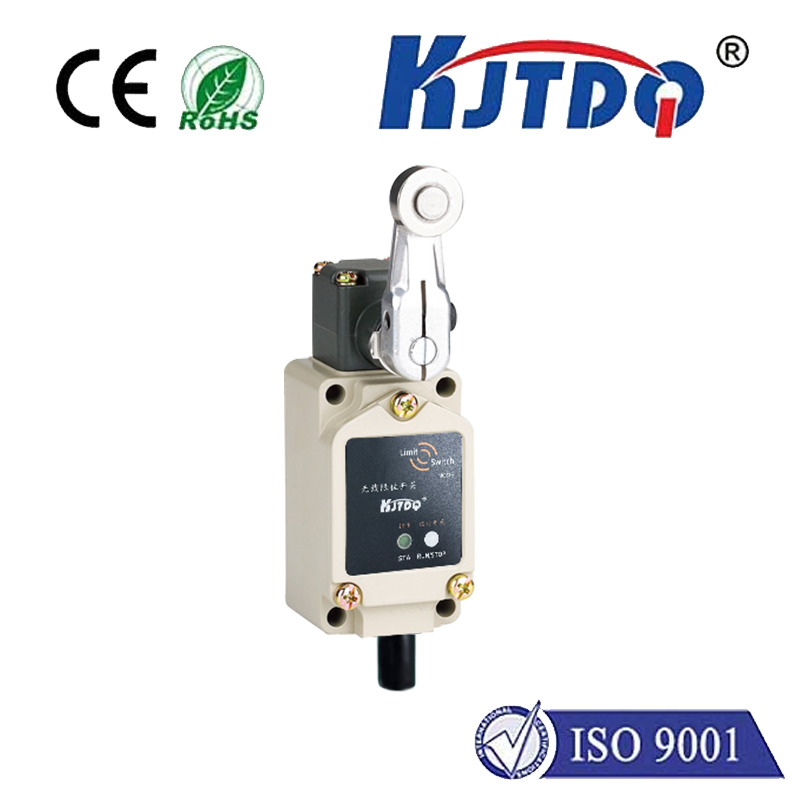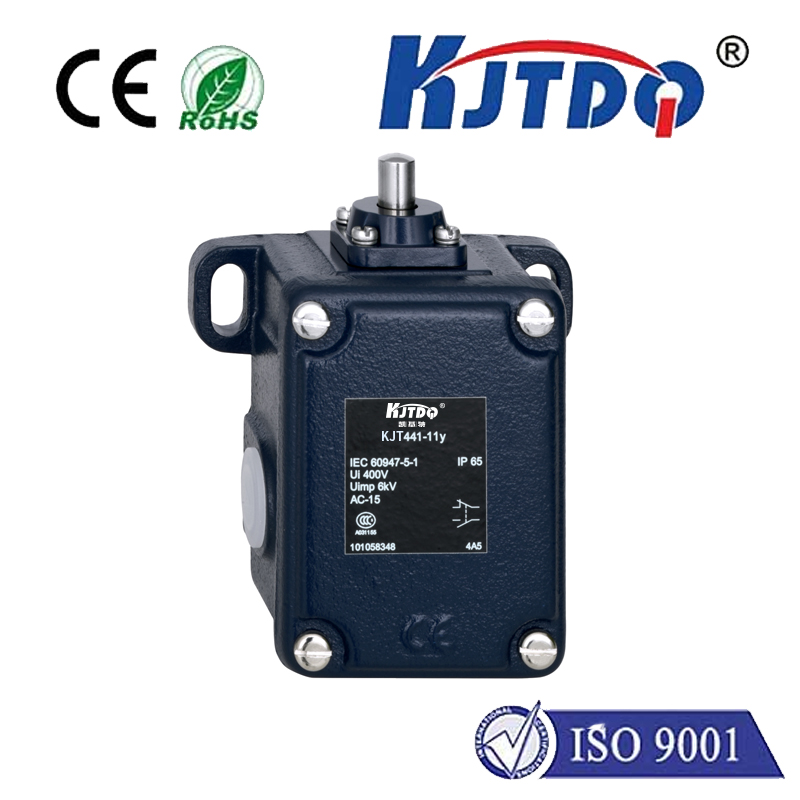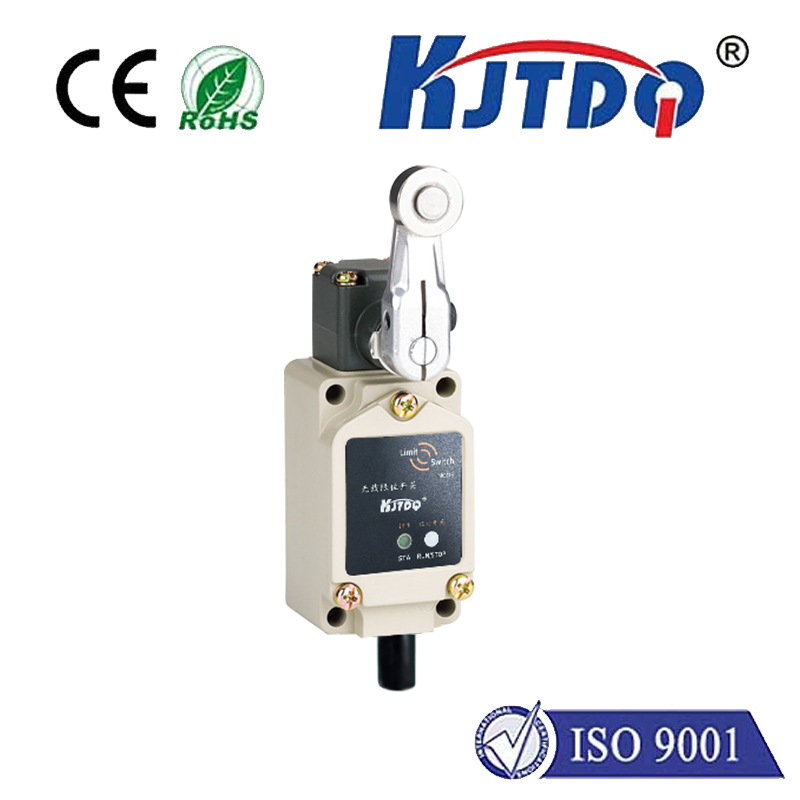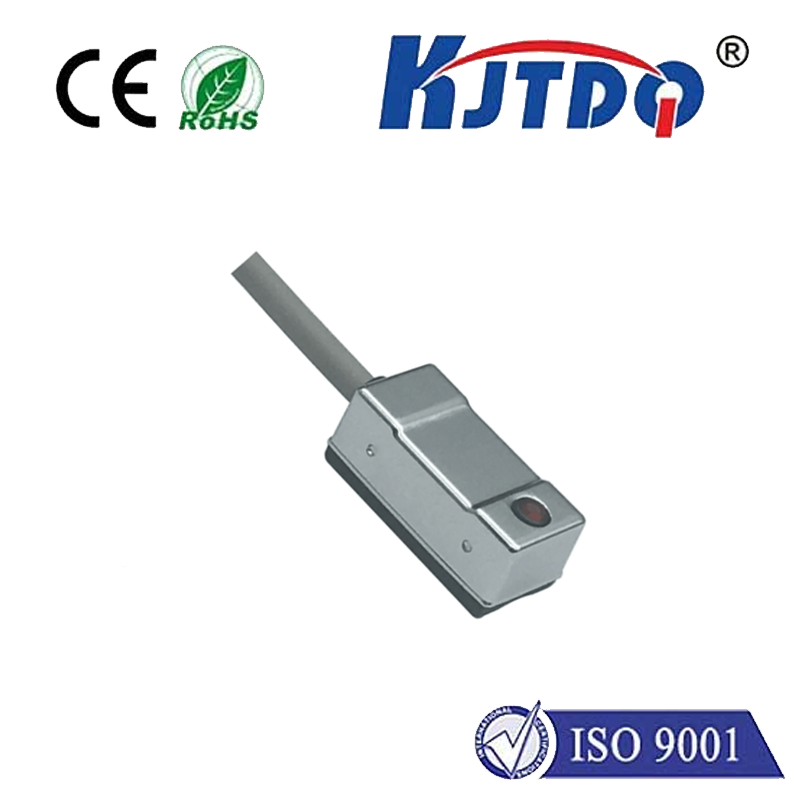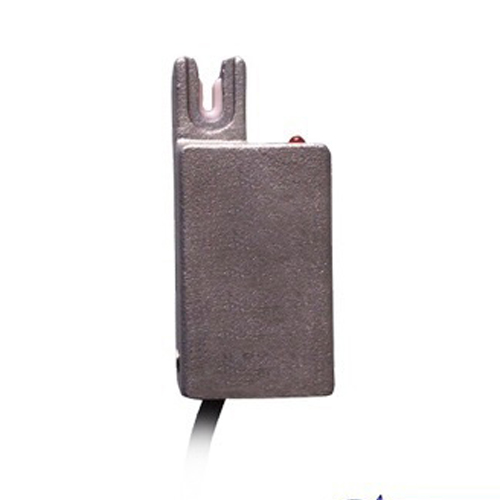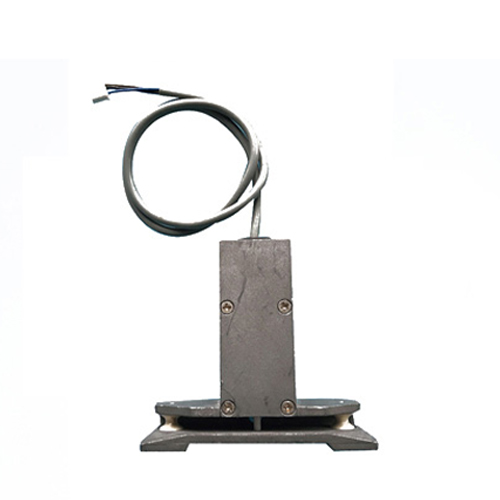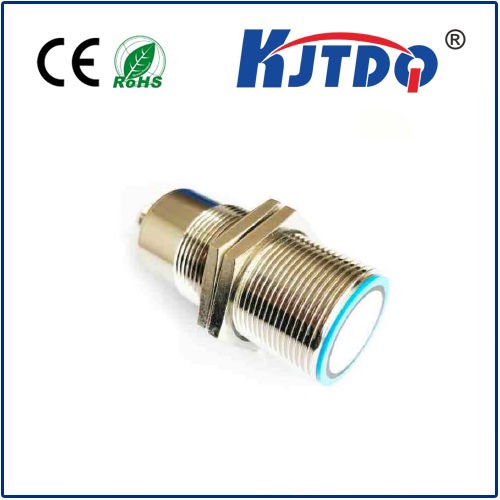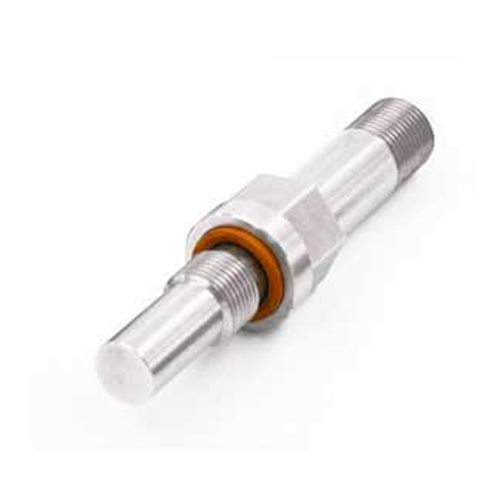capacitive force sensor
- time:2025-08-20 04:36:39
- Нажмите:0
Capacitive Force Sensors: The Future of Precision Measurement
Forget clunky old scales and rugged, but limited, strain gauges. A quieter revolution is underway in force and pressure sensing, driven by the elegant physics of capacitance. Capacitive force sensors are rapidly becoming the go-to solution for applications demanding high precision, reliability in noisy environments, and seamless integration into modern electronic systems. Understanding how they work reveals why they’re transforming industries from consumer electronics to robotics and healthcare.
The Core Principle: It’s All About That Gap
At its heart, a capacitive force sensor operates on the fundamental principle of a parallel plate capacitor. Imagine two conductive plates separated by a small gap filled with air or another dielectric (insulating) material. The capacitance © – the ability to store an electrical charge – between these plates is governed by the simple equation:
C = ε₀εᵣA / d
Where:

ε₀ is the permittivity of free space (a constant)εᵣ is the relative permittivity (dielectric constant) of the material between the platesА. is the overlapping area of the platesd is the distance separating the plates
This equation holds the key to capacitive force sensing. When an external force is applied to the sensor, it alters one of these three variables (A, d, or εᵣ), causing a measurable change in capacitance. This change is then converted into an electrical signal proportional to the applied force.
Dominant Methods of Force Detection:
- Distance Change (d): This is the most common approach. Force applied to one electrode (or a flexible diaphragm attached to it) causes it to deflect, reducing the gap (
d) to a fixed counter electrode. A decrease in d results in an increase in capacitance. This method offers excellent linearity and sensitivity and is widely used for pressure sensing and touch interfaces.
- Area Change (A): Less common for pure force, but often combined. Force causes a change in the effective overlapping area of the electrodes. While potentially simpler mechanically, achieving high linearity can be more challenging compared to distance-based sensing.
- Dielectric Change (εᵣ): Force is applied to a compressible dielectric material placed between the electrodes. Compressing the material increases its relative permittivity (
εᵣ), which increases the capacitance. This method is particularly useful for distributed pressure sensing, like in smart surfaces, mattresses, or robotic skin. Fringe field sensors, detecting changes in dielectric properties near the electrodes (like a finger), also fall under this category and are the basis for most touchscreens.
Why Choose Capacitive Force Sensing? The Compelling Advantages
Capacitive force sensors offer a unique blend of benefits that make them suitable for demanding applications:
- High Sensitivity and Resolution: Capable of detecting minute force changes, often down to millinewton levels.
- Excellent Linearity: The relationship between force and capacitance change is highly linear over a defined range, simplifying calibration and signal processing.
- Non-Contact Measurement (inherently): The sensing mechanism relies on electrical fields, not physical contact between moving conductive parts. This translates to near-infinite life cycles and exceptional long-term reliability with no wear-out mechanisms like potentiometers.
- Low Power Consumption: Capacitive sensors require very little power to operate, making them ideal for battery-powered devices and portable instrumentation.
- Robustness Against Environmental Interference: They exhibit strong immunity to electromagnetic interference (EMI) and radio frequency interference (RFI), crucial in industrial settings and near motors or wireless devices. They are also generally unaffected by changes in ambient temperature compared to some resistive technologies.
- Compact and Thin Form Factors: Can be designed as very thin, flexible structures, enabling integration into sleek consumer products, wearable devices, and tight spaces. Versatility in design allows for custom shapes and sizes.
- Stability and Low Hysteresis: They demonstrate minimal drift over time and low hysteresis (the difference in output when loading vs. unloading), ensuring consistent measurements.
Where Capacitive Force Sensors Shine: Applications
The advantages of capacitive force sensors open doors to diverse applications:
- Consumer Electronics: Touchscreens, touchpads, force-sensitive buttons (replacing mechanical switches), stylus pressure detection, and “3D Touch” features on smartphones and tablets. Precise pressure input enhances user interaction.
- Industrial Automation & Robotics: Force feedback in robotic grippers for delicate object handling, assembly verification, torque sensing on joints, process control, material testing, and end-of-arm tooling monitoring. EMI immunity is critical on factory floors.
- Medical & Healthcare: Patient monitoring systems (bed occupancy, breathing patterns), surgical instruments with force feedback (e.g., laparoscopic tools), infusion pumps, rehabilitation equipment, and continuous blood pressure monitoring research. High sensitivity and hygienic non-contact operation are vital.
- Automotive: Occupant detection (for advanced airbag systems), pressure measurement in seats for comfort control, shifters, brake pedals, and touch-sensitive controls within the cabin. Надежность under harsh conditions is paramount.
- Prosthetics & Human-Machine Interfaces (HMI): Providing natural force feedback and control in artificial limbs and advanced HMIs.
- Research & Development: Precise laboratory force measurement setups where minimal interference and high resolution are required.
Key Considerations and Selection
While powerful, capacitive force sensors aren’t a universal solution:
- Cost: High-precision, custom-designed capacitive sensors can be more expensive than basic strain gauges.
- Complexity: Requires sophisticated electronic circuitry (capacitance-to-digital converters) for precise measurement and filtering. Proper shielding is essential to minimize stray capacitance and noise.
- Environmental Sensitivity: While good with EMI, performance can be affected by humidity changes (altering εᵣ of air) and contaminants on the sensor surface. Sealing or protective coatings are often necessary.
- Range Limitation: Typically better suited for low to medium force ranges compared to high-force industrial strain gauge load cells. Dynamic range can be a consideration.
- Material Choice: Electrode materials and dielectrics must be carefully selected for the target environment (temperature, chemicals, flexibility).
Selecting the right capacitive force sensor requires careful evaluation of:
- Required force range and resolution
- Environmental conditions (temp, humidity, chemicals)
- Size and form factor constraints
- Power budget
- Required durability and lifespan
- Cost targets
From enabling the intuitive touchscreens in our pockets to providing life-saving feedback in surgical robots and ensuring delicate components aren’t crushed on factory lines, capacitive force sensors are proving their worth. Their unique blend of precision, reliability, low power, and noise immunity makes them an increasingly vital technology, quietly measuring the forces that shape our increasingly automated and interactive world. As circuit integration advances and materials science progresses, their capabilities and applications will only continue to expand.







